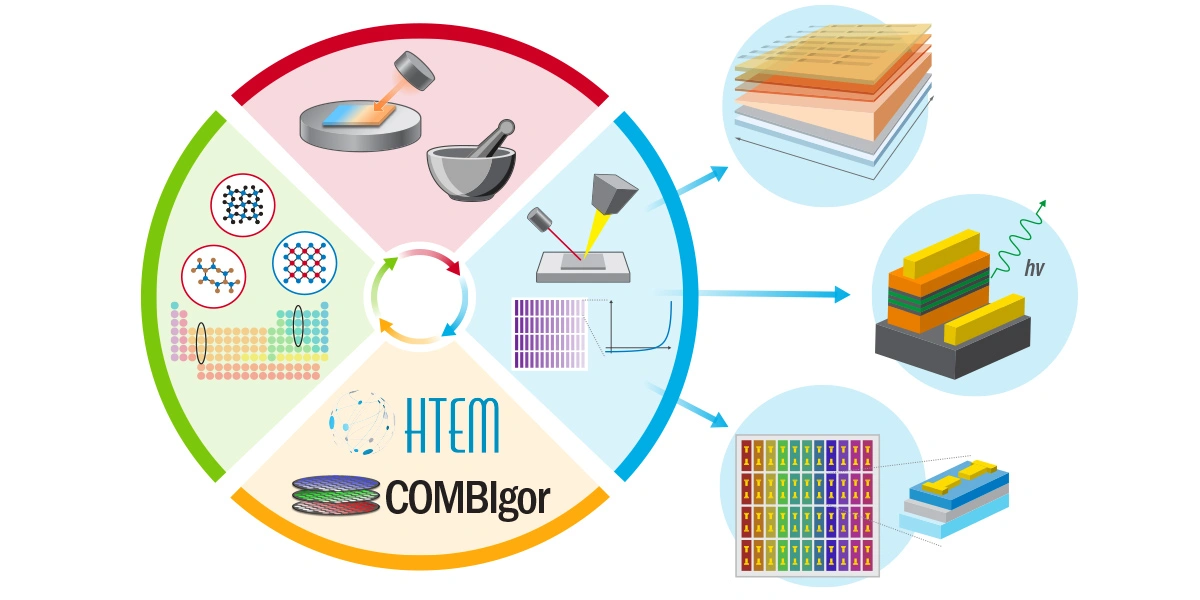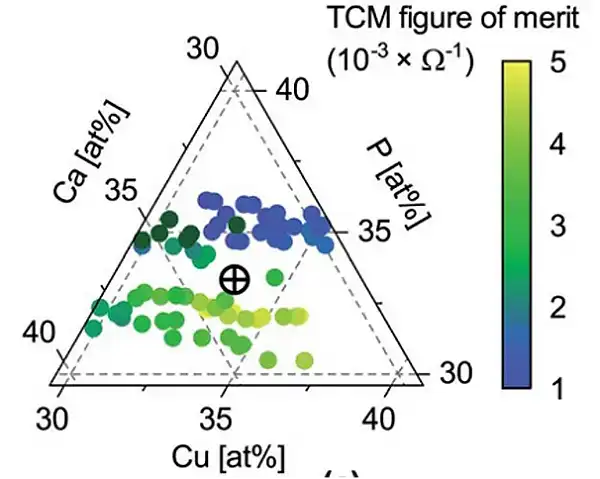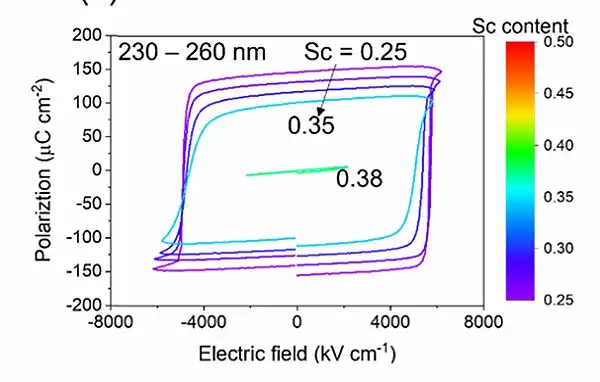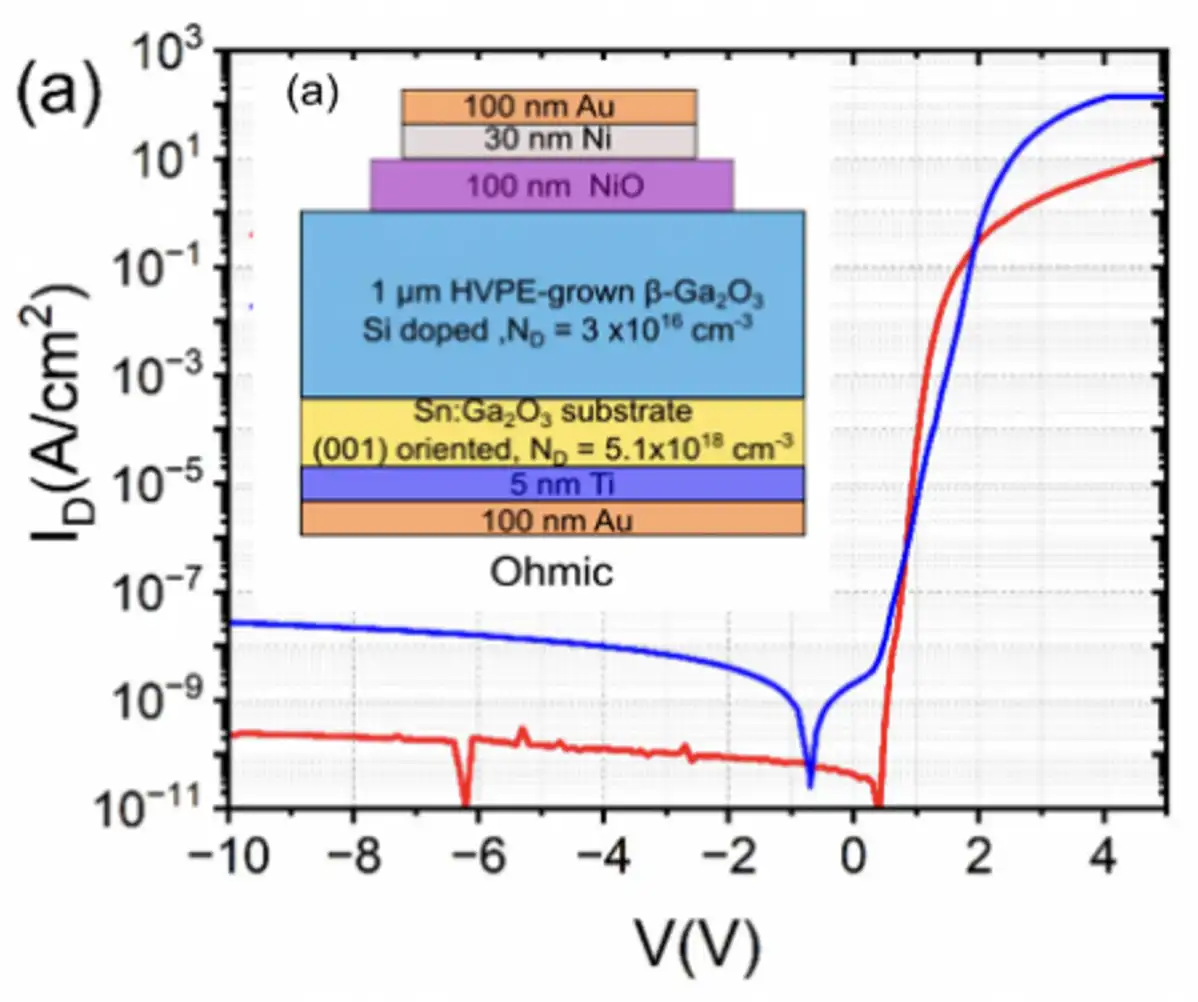Materials Discovery Approach
NLR's research approach to materials discovery spans multiple technology readiness levels, from basic scientific research to device development and integration.


Materials Discovery
Materials discovery efforts aim to grow and measure "new" materials that have never been reported. The process starts from the growth of materials that have never been synthesized before and includes determining the chemical composition and crystallographic structure of the new materials. These experiments often follow first principles theoretical calculations of materials stability, performed by our collaborators.
Publications:
Synthesis Pathways to Thin films of Stable Layered Nitrides, Nature Synthesis (2024)
Experimental Synthesis of Theoretically Predicted Multivalent Ternary Nitride Materials, Chemistry of Materials (2022)
Synthesis of LaWN3 Nitride Perovskite With Polar Symmetry, Science (2021)
A Map of the Inorganic Ternary Metal Nitrides, Nature Materials (2019)

Materials Design
Materials design efforts aim at deliberate tuning of the material composition and structure of the prototypical materials, or explaining the origins of enhanced/suppressed properties in prototypical functional materials. It also includes demonstrating a useful combination of properties in a material that has been previously reported but not yet characterized for these properties. Such experiments are often coupled with atomistic simulations of materials electronic structure and other properties performed by theory collaborators. This allows for distillation of design principles for guiding the discovery of new materials.
Publications:
Discovery of the Zintl-phosphide BaCd2P2 as a Long Carrier Lifetime and Stable Solar Absorber, Joule (2024)
Emerging Materials and Design Principles for Wurtzite-Type Ferroelectrics, Matter (2024)
Prediction and Realisation of High Mobility and Degenerate p-Type Conductivity in CaCuP Thin Films, Chemical Science (2022)
Negative-Pressure Polymorphs Made by Heterostructural Alloying, Science Advances (2018)
Novel Phase Diagram Behavior and Materials Design in Heterostructural Semiconductor Alloys, Science Advances (2017)

Applied Research
The more practical aspect of materials discovery and design research focuses on materials properties (e.g., band gap, optical absorption, electrical conductivity, magnetic susceptibility, work function) and the combined functionalities (e.g., transparent conductors, solar absorbers, power electronic materials), rather than on the materials themselves (chemical composition and crystal structure). Such applied research is the first step toward the material's practical use in devices.
Publications:
Defect Chemistry and Doping of Ultrawide Band Gap (III)BO3 Compounds, Chemistry of Materials (2023)
Local Chemical Origin of Ferroelectric Behavior in Wurtzite Nitrides, Journal of Materials Chemistry C (2022)
n-Type Electrical Conduction in SnS Thin Films, Physical Review Materials (2021)

Device Development
The ultimate goal of materials discovery is the practical application of new materials in useful devices. In the case of semiconducting materials, device examples include optoelectronic diodes (e.g., photovoltaic or photoelectrochemical solar cells, light emitting diodes), or diodes rectifiers or transistor switches for power electronics.
There are many interesting challenges associated with integrating multiple materials with optimal properties into a single device that arise from materials interactions, in particular at their interfaces.
Publications:
NiGa2O4 Interfacial Layers in NiO/Ga2O3 Heterojunction Diodes at High Temperature, Applied Physics Letters (2024)
Molecular Coatings Improve the Selectivity and Durability of CO2 Reduction Chalcogenide Photocathodes, ACS Energy Letters (2022)
Codesigning Alloy Compositions of CdSeyTe1−y Absorbers and MgxZn1−xO Contacts to Increase Solar Cell Efficiency, Solar RRL (2022)
Trade-Offs in Thin Film Solar Cells with Layered Chalcostibite Photovoltaic Absorbers, Advanced Energy Materials (2017)
Contact
Share
Last Updated Dec. 6, 2025
